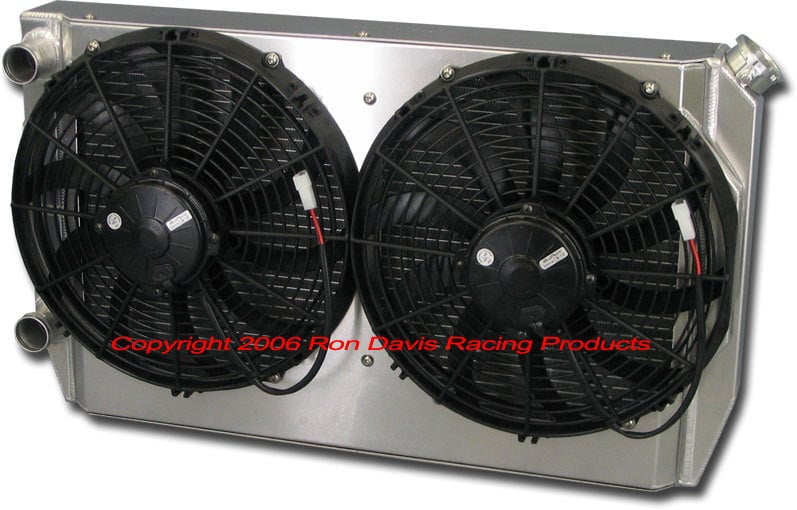WaterH
Well-known member
That's partly why I like those relays, they have secure screw terminals for the high power.
If your battery, wiring, and fuses are good for the load then it is a simpler system to turn everything on at the same time. Keep in mind I had a perfect storm one time where I had all the lights on, two fans on and I think the third fan and the air compressor turned on at the same exact time and it popped the main circuit breaker. It only happened one time, never again. Plan for everything to turn on at the same time with a spike load even though it might only happen 1% of the time. For instance my compressor runs at 45 amps continuous but restart spike can hit 230 amps for a second. Your fans might run at 30 amps continuous but they could spike 90 amps at startup.
Main cercuit breaker? I've not seen that on a vehicle. Are you saying you have a main like a house? I do have a big fuse on my electric golf cart. It's a "souped up", 500 amp, 48 volt cart. Not sure of the amp rating on that fuse. What would the amp ratting be on yours? Is this cercuit breaker protecting the main cables? In my case, Im useing 2 O cables. I think the battery terminal would melt before the cable is exceeded.
 I don’t blame them for staying out of the mess. That’s their work and they probably don’t want to answer stupid questions or get caught up in an issue. They could hire a full time tech just to answer forum questions, but it would be tricky not to go outside of their product scope and be blamed for failed experiments.
I don’t blame them for staying out of the mess. That’s their work and they probably don’t want to answer stupid questions or get caught up in an issue. They could hire a full time tech just to answer forum questions, but it would be tricky not to go outside of their product scope and be blamed for failed experiments.


